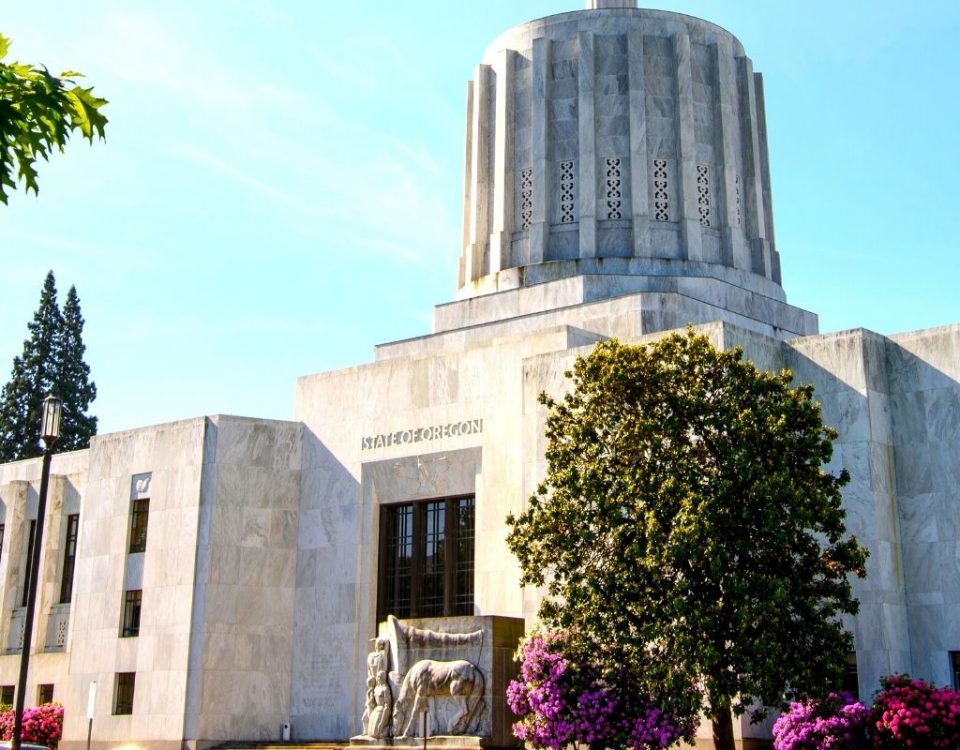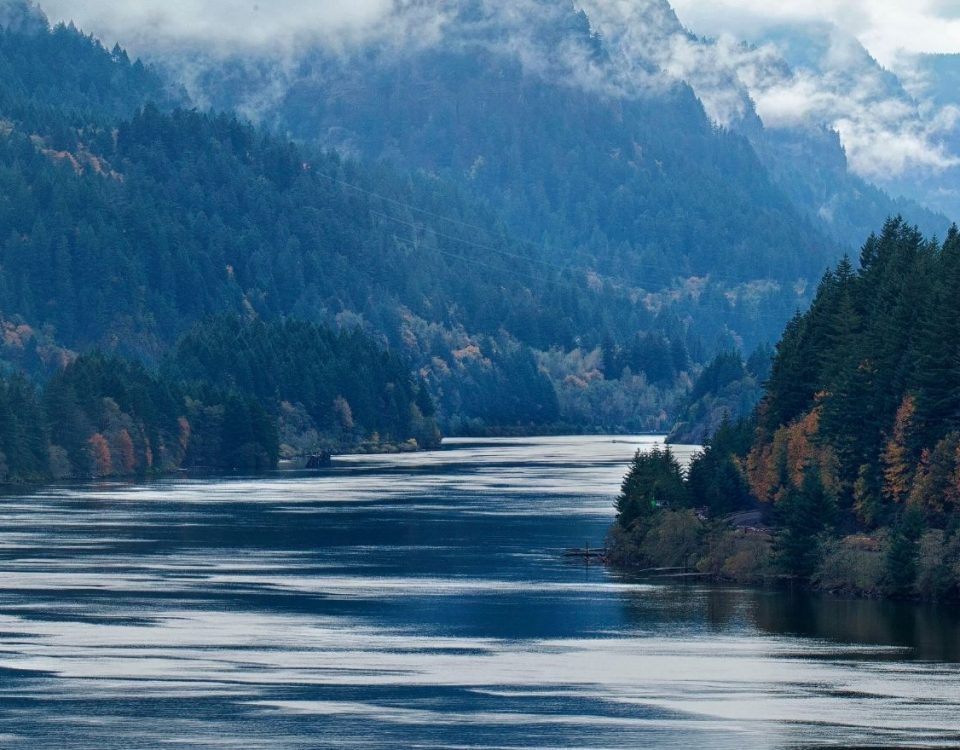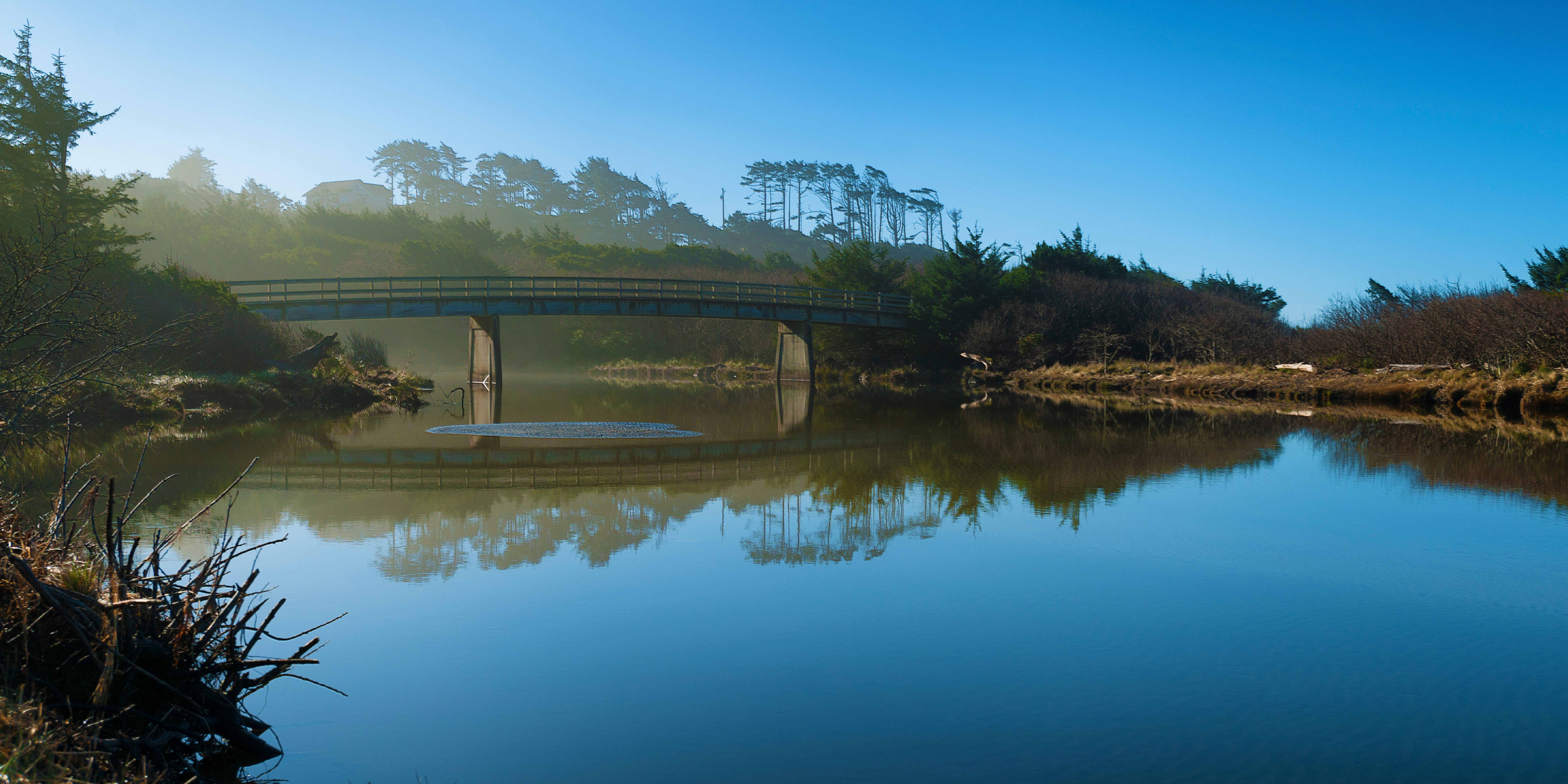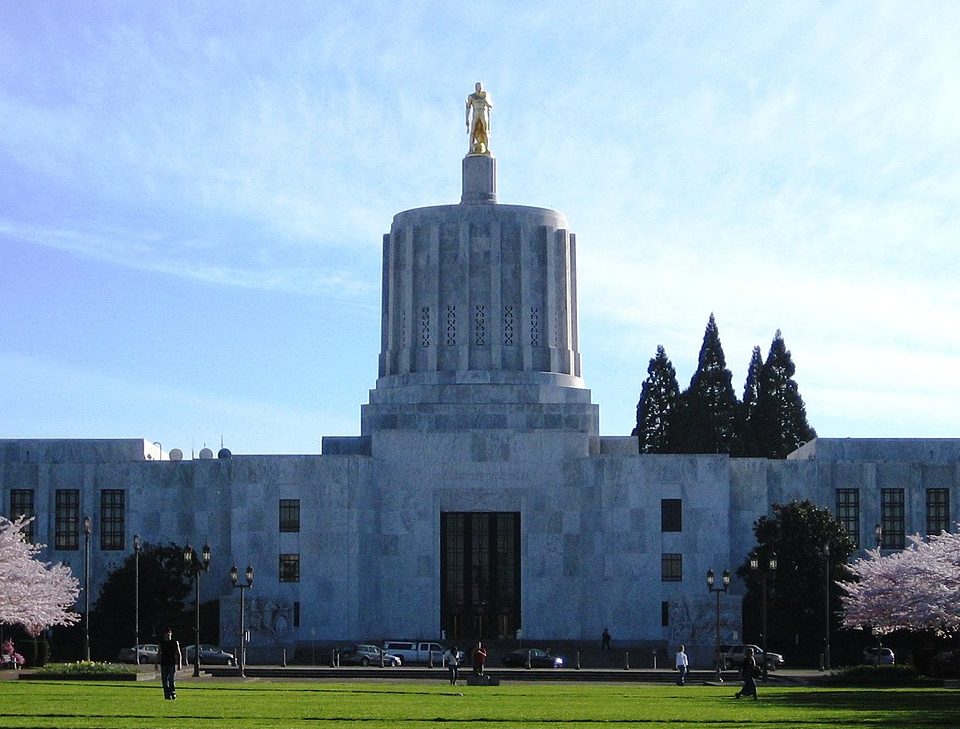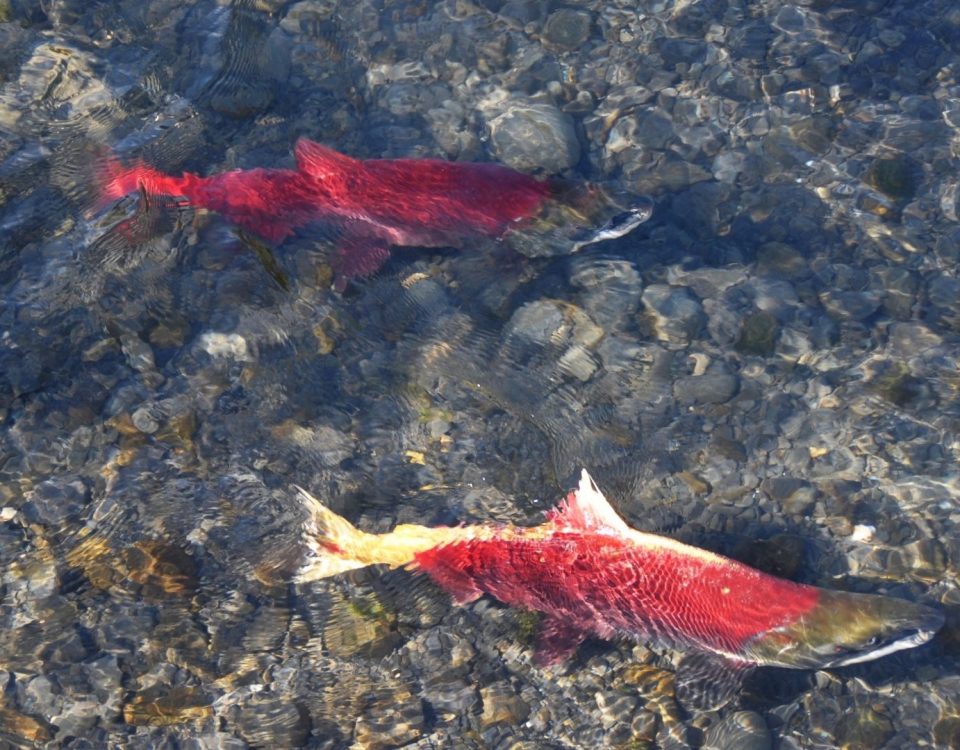
Salmon & Steelhead Habitat
Taking an Ecosystem Approach to Habitat Conservation & Restoration
Salmon are keystone species in the Northwest: they play a major role in sustaining healthy river ecosystems, human communities, and more than 130 plant and animal species. Their migration is an epic journey that can span more than 900 miles, connecting high-elevation streams in the mountains of Idaho all the way to the Columbia River Estuary and Pacific Ocean.
Salmon rely on specific habitat features for survival: clean and cool water, streamside vegetation, gravel beds, and ample food. Protecting salmon from extinction requires a trees to seas approach that provides ribbons of high quality habitat from upland forests to the ocean. By protecting the important watersheds that sustain salmon, we also protect forests, food, water, communities, and economies.
Salmon Habitat Characteristics
Salmon are migrating fish that require clean, cold, flowing freshwater and healthy ocean conditions to survive. From when they are young fry until they spawn as adults, salmon rely on freshwater streams, rivers, estuaries, and the ocean to swim, eat, and rest throughout their 5 year lifecycle.
Industrial development throughout the Pacific Northwest has introduced a lot of new chemicals and pollutants into the rivers. In 2009, the Environmental Protect Agency reported that the Columbia River has toxic levels of heavy metals, flame retardants, and polychlorinated biphenyls (PCB), negatively impacting salmon habitat and introducing even more challenges for at-risk runs. Removing chemicals like DDT and PBCs from the Portland Superharbor Fund Site could potentially increase salmon returns to the Willamette River by up to 20%.
A little water can go a long way during the hot, dry summers we have been having. Hot summers, which are becoming more common as the climate changes, cause the slow-moving reservoirs behind the lower Snake River dams to absorb a lot of heat, making it harder for salmon to breathe and creating conditions where toxic diseases thrive.
Well-distributed cold water refuges are crucial pit stops for salmon and steelhead to rest as they migrate up to 900 miles to and from the sea.
In 2020, the Environmental Protection Agency determined the lower Snake River dams as the primary source of heat pollution in the mainstem Columbia River, causing river temperatures to frequently surpass 68°F between July and October.
It's important to have healthy plants and shrubs along streams to slow water runoff, protect the banks from erosion, prevent heavy flows of sediment from entering the stream, and filter water before it enters the stream. Healthy vegetation in riparian corridors provides shade and woody debris for the stream, which in turn provide salmon protection from predators, cool resting pools, and feeding grounds.
Salmon need free-flowing water to provide enough cold water, reduce water temperatures, and ensure speedy migrations to and from the sea. A significant amount of water is diverted to support irrigation, hydropower, and municipal uses coupled with shifting precipitation patterns due to climate change, are causing many rivers to flow with substantially less water. While we plan for a water scare future, it's important to consider the in-stream water needs for fish.
Before they spawn, female salmon search for cool, shallow streamside pools and riffles to lay their eggs. They need clean, stable gravel, and good water flow to provide enough oxygen for "redds" (salmon egg nests) to survive.
Flooding and high-intensity wildfire can have an immediate negative impact on spawning grounds by flushing a lot of sediment and large debris into the stream.
Estuaries are important transitionary spaces for salmon as they migrate to and from the sea . They spend time in the brackish water while they physically transition between their freshwater and saltwater bodies. Coastal wetlands, estuaries, and marshes provide food and cover for salmon as they get ready to either live in the ocean or make their journey back inland to spawn.
Development along the coast has impacted estuary and wetland size, making it harder for salmon to find habitat for their transition and forage for food. They must expend more energy because they have to compete for fewer food sources and hiding spots, while predators see these spots as a buffet of salmon.

